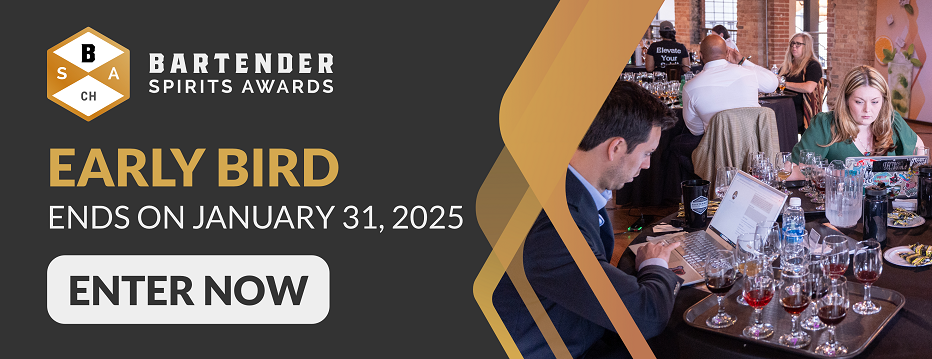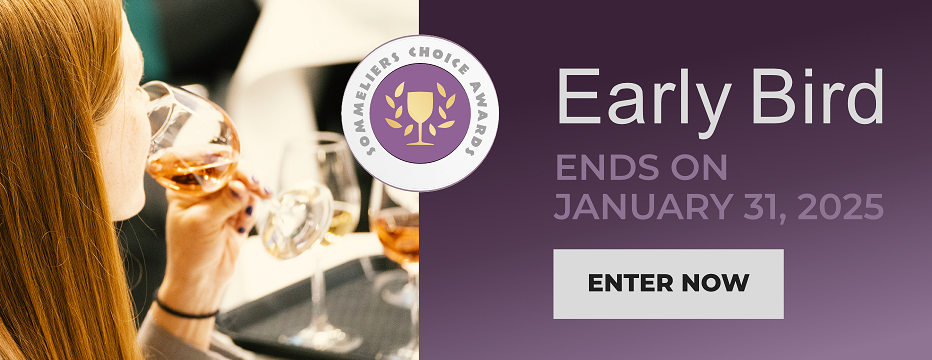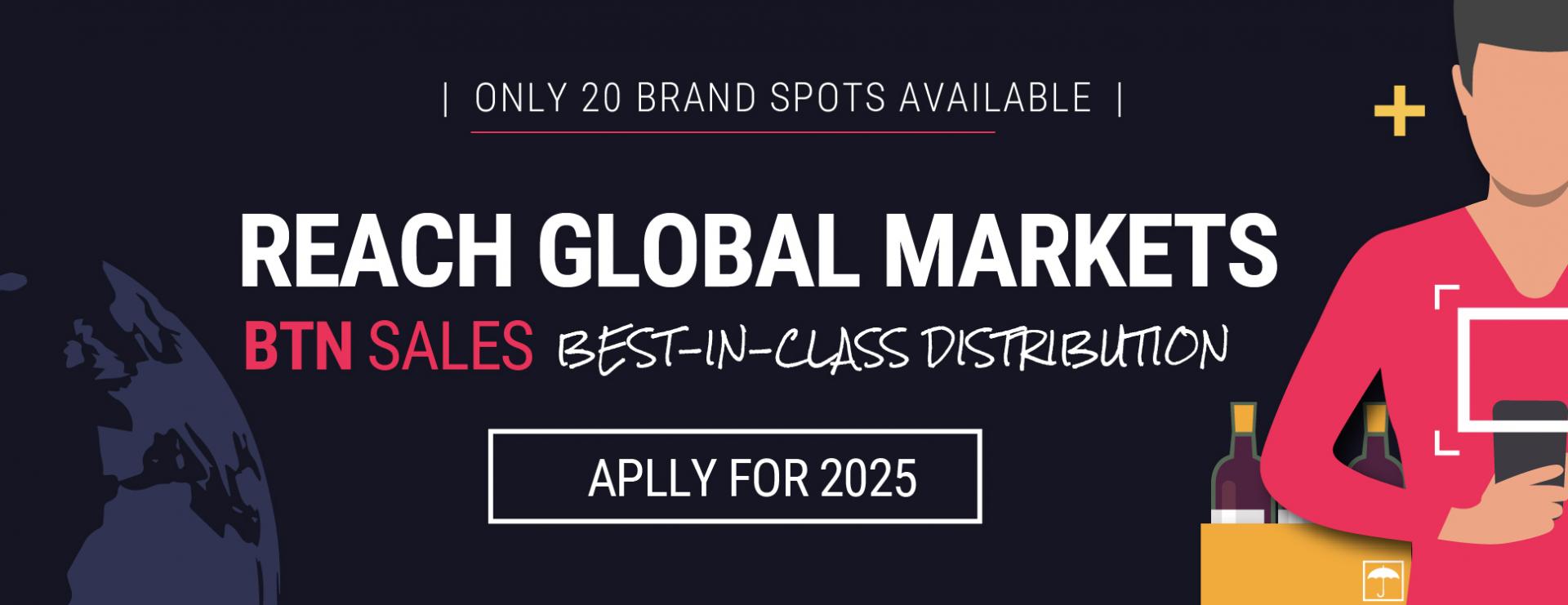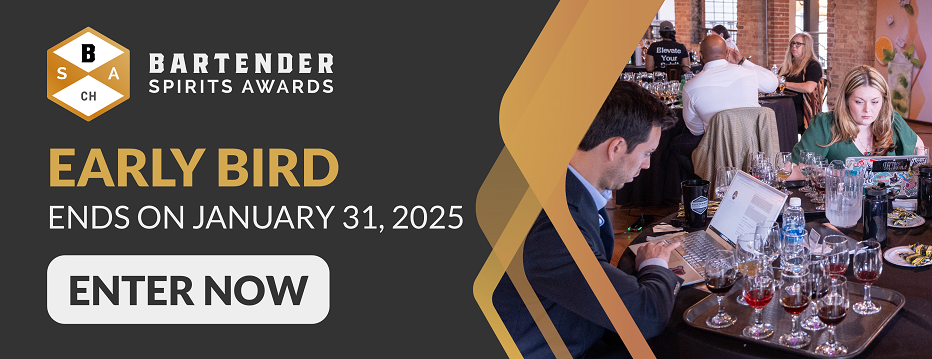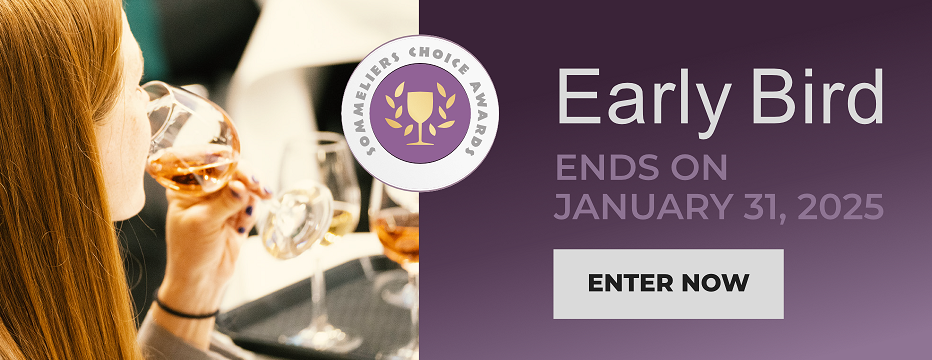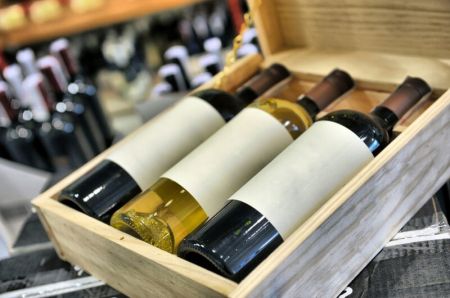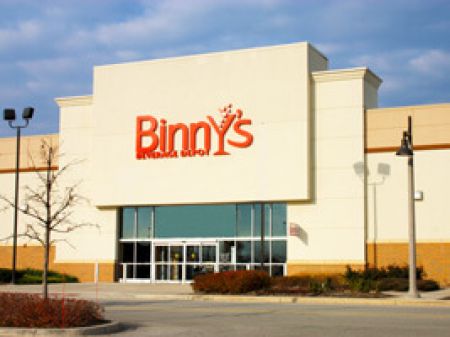Sommeliers Choice Awards 2024 Winners
How To Build A Premium Wine Brand
Premium wines are becoming the most sought over wines worldwide, and brands and are constantly working to premiumise their wines over time.
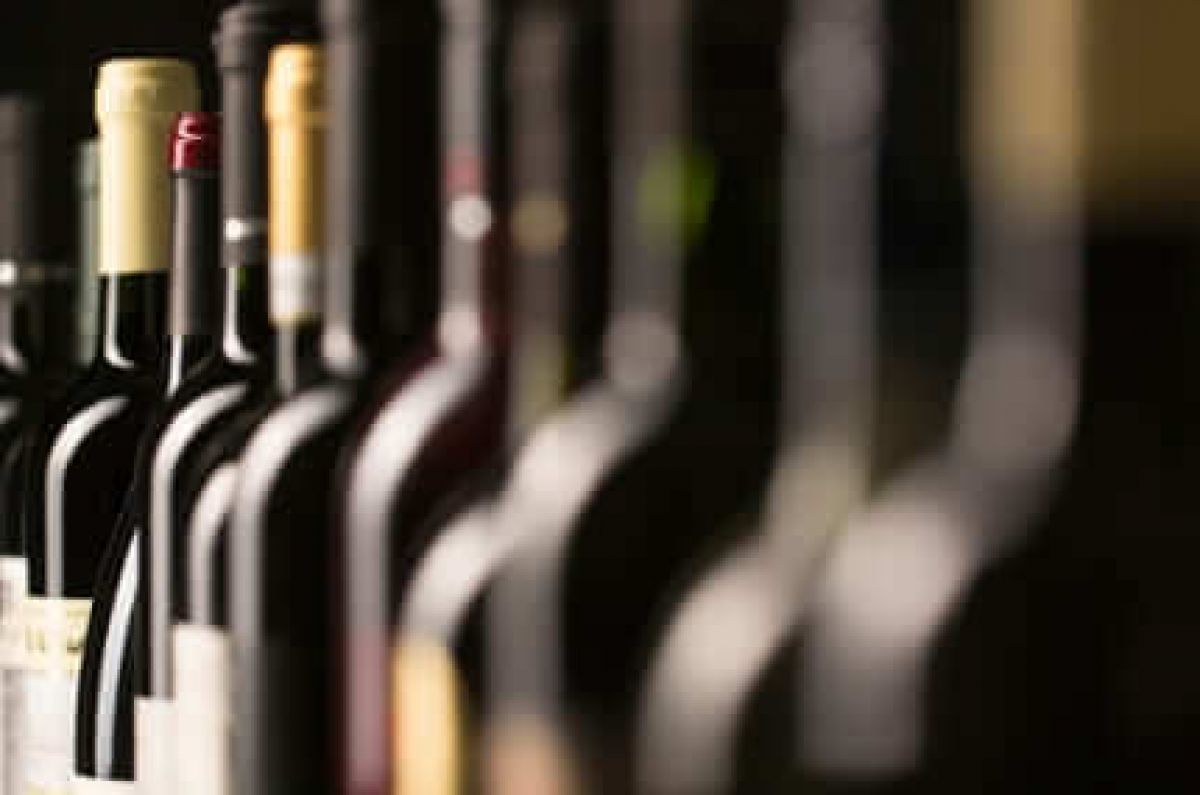
“The premium wine segment in the US is expected to experience sales growth of 9-13 percent in 2019”, as reported in the annual state of the wine industry by the Silicon Valley Bank. The industry defines premium or fine wines based on a price range that falls from $13 to 19 and graduate to ultra-premium from $20+.
Three main factors drive the trend towards premium and away from the volume
“The good news is that as consumers become more knowledgeable about wine, they are trading up for premium wines and pulling the entire wine market up with them,” says Robert Smiley.
First, while the Boomer generation still has the wine industry's largest consumer footprint, research shows that their consumption is slowly declining. Millennial wine drinkers, meanwhile, are becoming more and more educated and sophisticated about wine. As Millennials age and earn more income, they will graduate from higher price points to wines. In the last few years, the economic recovery means that wine drinkers have more disposable income and may be more likely to splurge on a premium wine. Finally, there has been a decrease in supply-side interest in the production of volume wine. Wine producers are shifting to quality over quantity approach due in part to environmental and climatic changes.
“Today’s sommeliers are not just coming up with new wines to add to a wine list,” said Sid Patel of Beverage Trade Network. “They are also designing wine programs, managing every aspect of purchasing and storing wine, and then coming up with unique ways to merchandise that wine.”
What exactly is a “Premium” wine or wine brand?
While defining a' Premium' wine based on the price range is a clean and easy way to categorize products, the label does not take into account the consumer's perception of the brand.
Relative perceptions often drive consumer opinions–somebody who graduates from a table wine may think the $10/bottle wine is premium, while somebody who is used to drinking $50/bottle looks at the $20 range and says it's not premium. But through marketing, by using strategic PR and social media practices, it is possible to establish wine brands as' Premium' (beyond their price point).
"Premium" is cohesive, valuable and experiential.
The perception in our definition defines premium; To help people change their brand's perception in the eyes of potential consumers by making their brand relevant and contemporary.
To begin with, we identify the key pillars that make a specific premium product–authenticity and quality. We work to refine the look and feel of the brand, and then create a language, tonality, and visual narrative that flows through our integrated strategy. This communicative cohesion is the basis for attributes necessary to give a brand its "Premium" value relative to the target consumer's interests and lifestyle.
Experiential – It's a sensory experience, and it feels indulgent. It is the fine pairings of food and wine, the beautiful shots of the product, and the dynamic settings that engage people. People want to have fun watching the content.
Interesting – It is part of a story that keeps the attention of the audience, continues to attract people, engage with the brand, and desire to buy the wines. It is a story of one-of-a-kind.
Confident – It projects a sense of intrinsic value–the production of great wines often requires mastery and perfection. It's a great way to involve the audience in the process that emphasizes the craft and expertise of winemaking.
Authentic – It remained committed to a vision and the ideals of its brand. Wines often come with their own stories and inspirations, allowing the brand to grow without dilution while remaining true to its roots.
Quality – It is the overall attention to detail that is consistent and obsessive. Messaging quality and delivery are clues to the wine quality.
In the media strategy, on social media channels and through distribution, these attributes must be prevalent and aligned.
In Media Relations: Three Key Actions
1. To raise a wine brand's image to "premium" level, we start by establishing its quality credibility. This means placing in wine/food and wine media such as Food & Wine Magazine, Bon Appetit, and VICE, endorsement by leaders and influencers in the food and wine spheres, tasting events and seminars, and business interviews. The wines are combined with expensive foods and beautiful settings that evoke high-quality and enjoyable feelings.
2. The idea of premium can become part of a lifestyle after a certain level of trade saturation. With placements in high-end lifestyle publications such as Town & Country, consumer sponsorship experiences such as Diner en Blanc, media product placements, and consumer media segments focusing on the wine's enjoyment rather than the price associated with it.
3. Maintaining media relationships will require an open line of brand-press communication that wants to get to know the brand. Developing a wine sampling program is a great place to start managing smooth communication.
In Social Media: Three Necessary Elements
1. The images must be clear, professional, yet inviting and inclusive. It should feature wines coupled with beautiful foods and interesting settings that provide hints of their cultural context. Images of wines not should be relevant, clear and with a professional touch that has the same premium feeling.
2. The copy must be relevant, use the right wine terminology, have a steady tone (whether educational or celebratory, etc.) and use more sophisticated language. This also applies to the content shared by the brand–content must be clean, well presented and frequently from high-brow publications. The rules on copying extend even to comments. If a public comment is extremely messy and grammatically or politically incorrect, it should be deleted rather than answered.
3. Consistency applies to more than the feeling of the copy's imagery and tonality; it means creative and original posts should be consistently posted, and occasionally shares or reposts. Coherence means frequent but not overwhelming social media activity. It also includes reactivity. If the audience engages with the wine brand and has questions about the wines, in a reasonable amount of time, a premium brand will be there to answer.
Conclusively, don’t try to do it all yourself–it too complicated. By expansion, each state has its own laws, regulations, and practices of business. You will not be able to advertise or sell your alcoholic beverage in the same way that you were in previous markets in some states. For example, in some states, when dealing with large orders, you may not be able to offer a retailer any free product. However, at a price that corresponds to a smaller order, you might be able to offer them the same large order. You need to know all the nuances of how every territory is doing business, so get a pro on your side. It pays to hire a consultant because one non-compliance fine can easily be the equivalent of what you're paying your consultant over a year.

